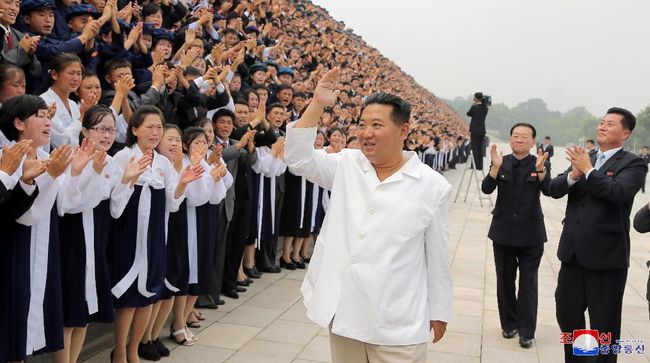NEW DELHI (AP) – India has dramatically increased its COVID-19 vaccination rate in its vast rural territory, home to about 65% of its nearly 1.4 billion people. But supply problems persist at the world’s largest vaccine producer, and experts say the country is unlikely to reach its goal of inoculating its entire adult population before the end of the year.
India opened vaccination for all adults in May. But the campaign failed in the villages due to reluctance and misinformation. That began to change in mid-July, and of the nearly 120 million doses administered in the past three weeks, about 70% were given in Indian villages – up from roughly 50% in the first weeks of May.
While the rise in vaccine uptake in rural areas is promising, the pandemic is far from over in India: After weeks of steady decline, the 46,000 new infections reported on Sunday are the worst in nearly two months.
Only about 11% of its huge population has completed the vaccination schedule. Half of the adults and about 35% of their inhabitants have received at least one dose. This leaves a large part of the residents still susceptible to the virus.
Several countries, including the United States and Israel, are offering – or planning to offer – a third booster dose to their populations, increasing inequality in the global distribution of drugs. India was expected to be a key producer to immunize the world, but halted exports after a massive increase in infections. And while it expected to produce 1.35 billion doses in the last five months of the year to resolve its supply constraints, doubts about whether manufacturers will be able to increase production to meet domestic needs will have global implications.
“Currently, in India there is more demand than the available supply (…) the supply of vaccines currently in use is lower than the projections made a few months ago. So both situations are putting limits on the availability of vaccines in the country, ”said Dr. Chandrakant Lahariya, an expert on vaccination policy.
Mass immunization campaigns are nothing new in India, but this is the first time that vaccines on this scale have been administered, as adults. Authorities have combined successful strategies in the past with more innovative and localized ones.
Kamalawati, a 65-year-old retired government accountant who identifies herself only by name, waited in line to receive the vaccine in Nizampur, outside New Delhi. At first, there was concern about side effects but now “people are no longer afraid,” he said.
Public health experts say the increase in rural vaccination is important because health care systems in those communities are fragile. The deadly wave of infections that saturated hospitals at the beginning of the year devastated rural areas, where thousands of people lost their lives. In addition, migrants are now moving from villages to cities to work and until they are all vaccinated new outbreaks and the possibility of a new, more dangerous variant cannot be ruled out. Lahariya pointed out.
___
Associated Press journalists Rishi Lekhi in New Delhi, Biswajeet Banerjee in Lucknow and Indrajit Singh in Patna contributed to this report.
___
The Associated Press receives support for its health and science coverage from the Howard Hughes Medical Institute’s Department of Science Education. The AP is solely responsible for the content.
–


